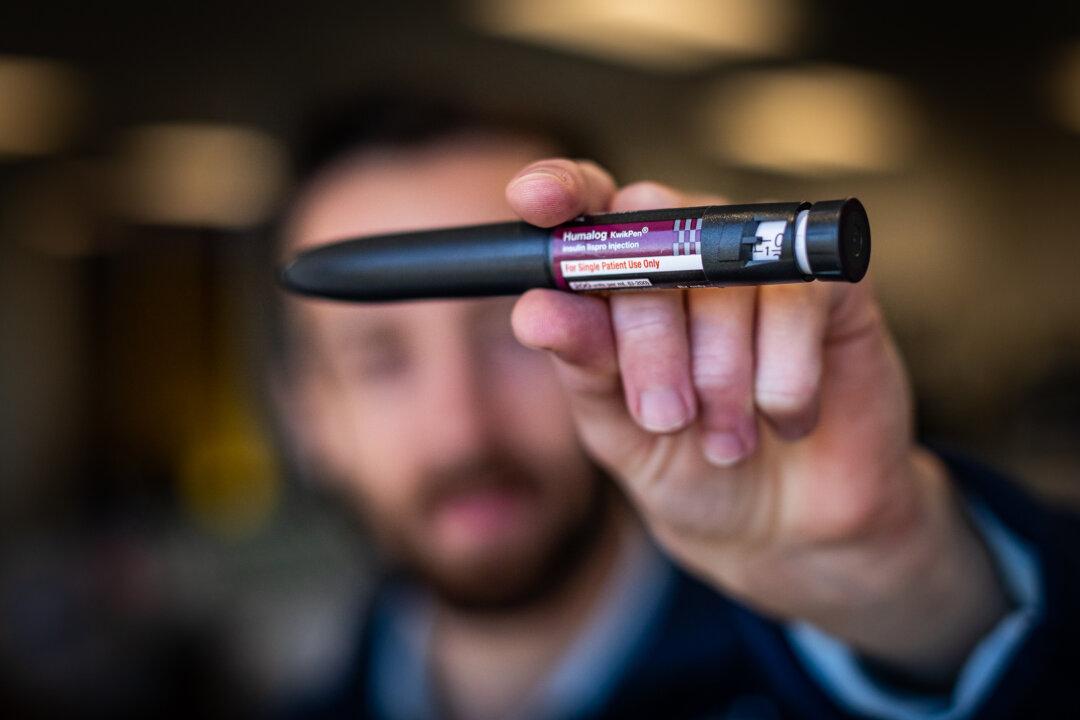“Can you do $40.00?” asked a seller on the app OfferUp to a buyer looking for a bargain.
“$40 works, can you meet up today?” the buyer typed.

“Can you do $40.00?” asked a seller on the app OfferUp to a buyer looking for a bargain.
“$40 works, can you meet up today?” the buyer typed.